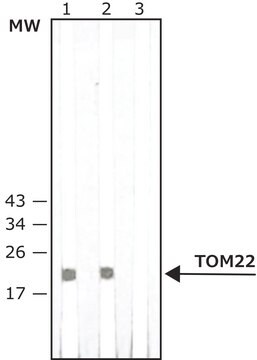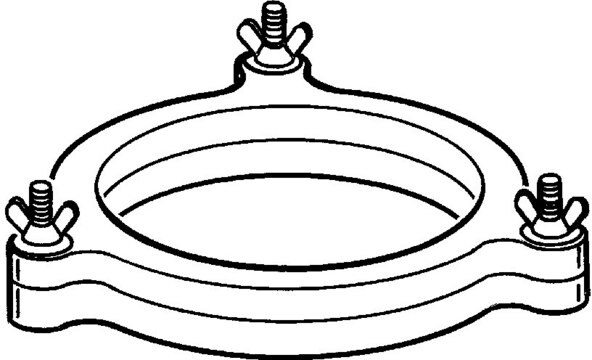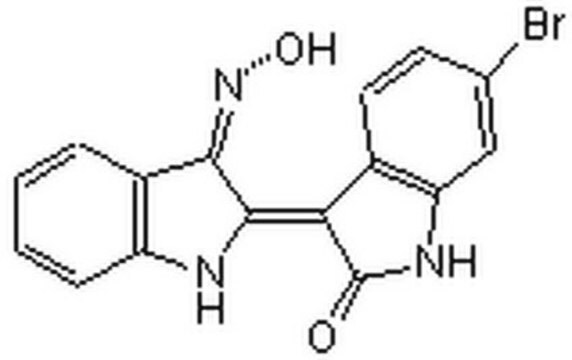B9428
Monoclonal Anti-Bin1 antibody produced in mouse
clone 99D, ascites fluid
Synonym(e):
Anti-Amphiphysin II, Anti-SH3P9, Anti-ampl
About This Item
Empfohlene Produkte
Biologische Quelle
mouse
Konjugat
unconjugated
Antikörperform
ascites fluid
Antikörper-Produkttyp
primary antibodies
Klon
99D, monoclonal
Mol-Gew.
antigen 65-75 kDa
Enthält
15 mM sodium azide
Speziesreaktivität
rabbit, mouse, rat, avian, human
Methode(n)
flow cytometry: suitable
immunocytochemistry: suitable using nucleoplasm, subnuclear punctate compartment, and cytoplasm
immunohistochemistry (frozen sections): suitable
immunoprecipitation (IP): suitable
indirect ELISA: suitable
western blot: 1:50,000 using a rat brain cytosol preparation
Isotyp
IgG2b
UniProt-Hinterlegungsnummer
Versandbedingung
dry ice
Lagertemp.
−20°C
Posttranslationale Modifikation Target
unmodified
Angaben zum Gen
human ... BIN1(274)
mouse ... Bin1(30948)
rat ... Bin1(117028)
Allgemeine Beschreibung
Spezifität
Immunogen
Anwendung
- western blotting
- enzyme linked immunosorbent assay (ELISA)
- immunoprecipitation
- immunocytochemistry
- immunohistochemistry
- flow cytometry
Biochem./physiol. Wirkung
Haftungsausschluss
Sie haben nicht das passende Produkt gefunden?
Probieren Sie unser Produkt-Auswahlhilfe. aus.
Empfehlung
Lagerklassenschlüssel
10 - Combustible liquids
WGK
WGK 3
Flammpunkt (°F)
Not applicable
Flammpunkt (°C)
Not applicable
Analysenzertifikate (COA)
Suchen Sie nach Analysenzertifikate (COA), indem Sie die Lot-/Chargennummer des Produkts eingeben. Lot- und Chargennummern sind auf dem Produktetikett hinter den Wörtern ‘Lot’ oder ‘Batch’ (Lot oder Charge) zu finden.
Besitzen Sie dieses Produkt bereits?
In der Dokumentenbibliothek finden Sie die Dokumentation zu den Produkten, die Sie kürzlich erworben haben.
Unser Team von Wissenschaftlern verfügt über Erfahrung in allen Forschungsbereichen einschließlich Life Science, Materialwissenschaften, chemischer Synthese, Chromatographie, Analytik und vielen mehr..
Setzen Sie sich mit dem technischen Dienst in Verbindung.


![[Leu15]-Gastrin I Human ≥95% (HPLC)](/deepweb/assets/sigmaaldrich/product/structures/153/342/d4cb3dd7-13f1-46cf-8d1f-3907a5de7a83/640/d4cb3dd7-13f1-46cf-8d1f-3907a5de7a83.png)





